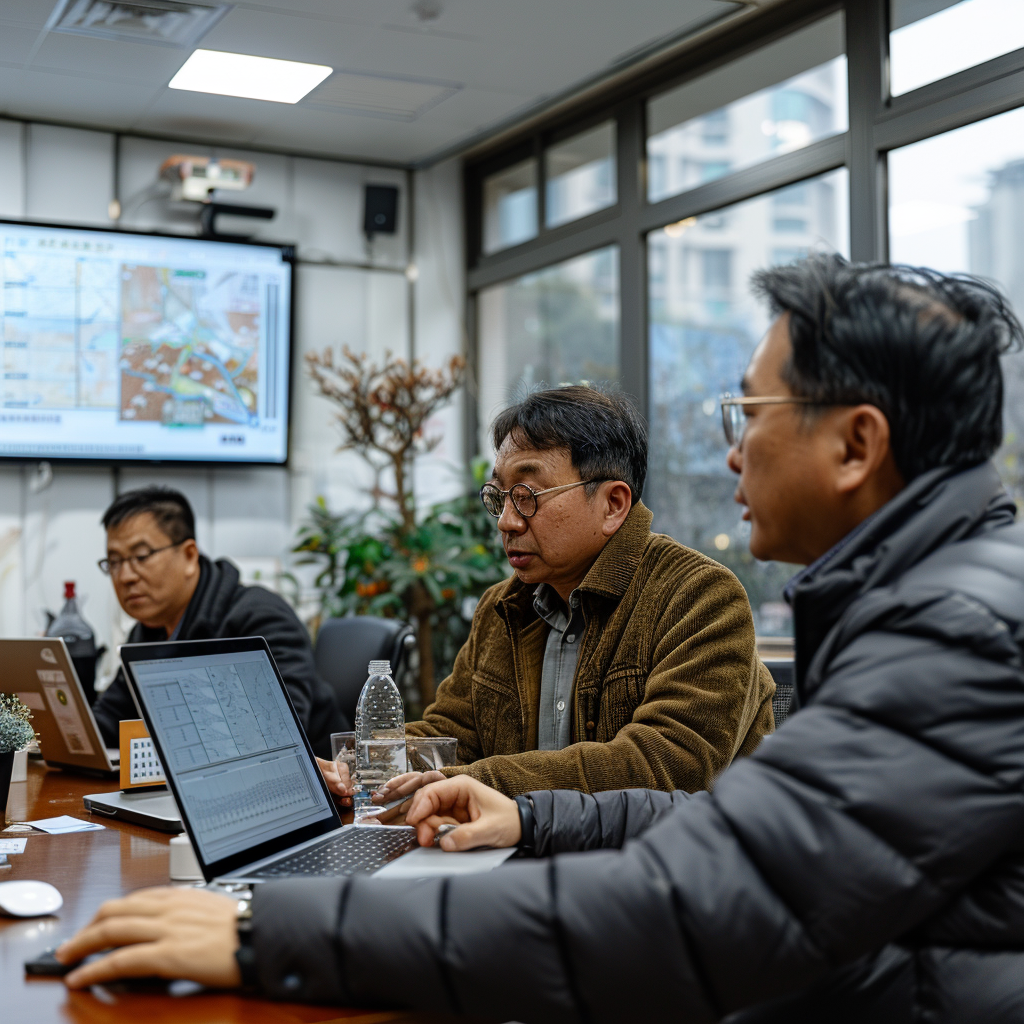发布:2025-03-05 浏览:0
多领域需求凸显评估重要性
Highlighting the Importance of Evaluating Multi Domain Needs
在林权流转方面,集体林权制度改革后,林地经营权和林木所有权的多元化导致流转活动频繁。为保障流转双方的合法权益,准确的森林资源资产评估能够为交易价格提供合理参考,促进林权流转市场的健康有序发展。在林权抵押贷款中,银行等金融机构为防范风险、确定贷款额度,需要通过评估机构对森林资源资产价值进行评估,为金融支持林业发展提供决策依据。对于防止国有森林资源资产流失,评估能够规范国有林场森林资源资产流转行为,确保国有资产保值增值。在林业保险业务中,评估林地面积和林木价值有助于确定合理的保费额度,降低林业经营风险,保障林业生产的稳定。
In terms of forest rights transfer, after the reform of the collective forest rights system, the diversification of forest land management rights and forest ownership has led to frequent transfer activities. To safeguard the legitimate rights and interests of both parties involved in the transfer, accurate assessment of forest resource assets can provide reasonable reference for transaction prices and promote the healthy and orderly development of the forest rights transfer market. In forest tenure mortgage loans, banks and other financial institutions need to assess the value of forest resource assets through evaluation agencies in order to prevent risks and determine loan amounts, providing decision-making basis for financial support for forestry development. To prevent the loss of state-owned forest resource assets, the evaluation can standardize the transfer of forest resource assets in state-owned forest farms and ensure the preservation and appreciation of state-owned assets. In forestry insurance business, evaluating forest land area and tree value helps determine a reasonable premium amount, reduce forestry management risks, and ensure the stability of forestry production.
复杂特性带来评估难题
Complex characteristics pose evaluation challenges

森林资源资产的动态存在性使得其价值随时间不断变化,评估时需要实时跟踪森林的生长状况和市场行情。分布广阔性和地域差异性要求评估人员对不同地区的森林资源进行实地勘察,掌握大量详细信息,增加了评估的工作量和难度。生物多样性导致森林资源资产的结构和功能复杂多样,难以用单一标准进行评估。效益多重性使得生态和社会功能的量化成为评估中的一大挑战,目前缺乏统一、完善的量化方法。经营长期性则使得评估过程中对未来收益的预测和风险评估面临诸多不确定性。
The dynamic existence of forest resource assets makes their value constantly change over time, and real-time tracking of forest growth status and market conditions is required for evaluation. The wide distribution and regional differences require evaluators to conduct on-site surveys of forest resources in different regions, to grasp a large amount of detailed information, which increases the workload and difficulty of evaluation. Biodiversity leads to a complex and diverse structure and function of forest resource assets, making it difficult to evaluate them using a single standard. The multiplicity of benefits makes the quantification of ecological and social functions a major challenge in evaluation, and there is currently a lack of unified and comprehensive quantitative methods. The long-term nature of operations poses many uncertainties in predicting future returns and assessing risks during the evaluation process.
评估发展方向探索
Exploring the direction of development evaluation
为应对上述挑战,未来森林资源资产评估需要不断创新和完善。一方面,加强多学科融合,将林学、经济学、统计学、生态学等学科知识有机结合,提高评估方法的科学性和准确性。例如,运用生态经济学方法对森林的生态功能价值进行更精准的量化评估。另一方面,借助现代信息技术,如卫星遥感、地理信息系统(GIS)、大数据分析等,实现对森林资源资产的实时监测和动态评估,提高评估效率和精度。同时,进一步完善森林资源资产交易市场,增加市场透明度,丰富交易案例,为市场法等评估方法提供更充足的数据支持,推动森林资源资产评估行业的规范化、专业化发展。
To address the above challenges, continuous innovation and improvement are needed for future forest resource asset assessment. On the one hand, strengthening the integration of multiple disciplines, organically combining knowledge from forestry, economics, statistics, ecology and other disciplines, and improving the scientific and accurate nature of evaluation methods. For example, using ecological economics methods to more accurately quantify the ecological functional value of forests. On the other hand, with the help of modern information technologies such as satellite remote sensing, geographic information systems (GIS), big data analysis, etc., real-time monitoring and dynamic evaluation of forest resource assets can be achieved, improving evaluation efficiency and accuracy. At the same time, further improve the forest resource asset trading market, increase market transparency, enrich transaction cases, provide more sufficient data support for market methods and other evaluation methods, and promote the standardized and professional development of the forest resource asset evaluation industry.
结语
conclusion
森林资源资产评估作为林业经济发展中的关键环节,肩负着守护绿色财富、促进生态与经济协调发展的重任。通过深入了解森林资源资产的特点和分类,运用科学合理的评估方法,能够准确揭示森林资源资产的价值,为林业资源的优化配置、林权流转、金融支持和生态保护等提供坚实的决策依据。尽管当前森林资源资产评估面临诸多挑战,但随着技术的进步和行业的不断完善,其在推动林业可持续发展、实现绿水青山向金山银山转化的进程中将发挥越来越重要的作用,助力人类社会在经济发展与生态保护之间找到平衡,走向更加美好的绿色未来。
Forest resource asset assessment, as a key link in the development of forestry economy, shoulders the responsibility of safeguarding green wealth and promoting the coordinated development of ecology and economy. By deeply understanding the characteristics and classification of forest resource assets, and using scientific and reasonable evaluation methods, the value of forest resource assets can be accurately revealed, providing solid decision-making basis for the optimization allocation of forestry resources, forest rights transfer, financial support, and ecological protection. Although forest resource asset assessment currently faces many challenges, with the advancement of technology and continuous improvement of the industry, it will play an increasingly important role in promoting sustainable forestry development and transforming green mountains and rivers into golden mountains and silver mountains, helping human society find a balance between economic development and ecological protection, and move towards a better green future.



















